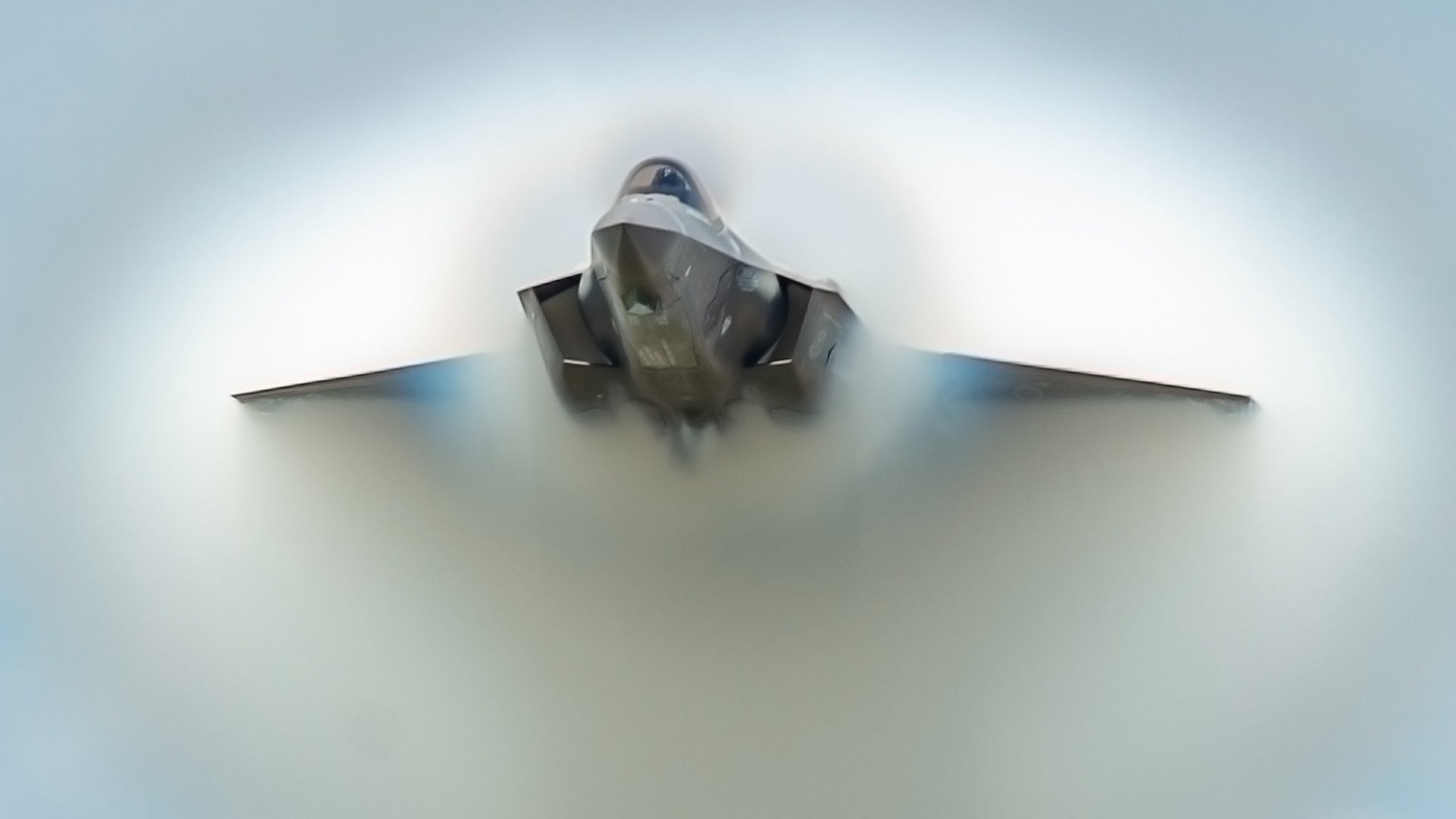Singapore’s Ministry of Defense has announced that it is formally considering replacing its fleet of F-16C/D Viper fighter jets with F-35 stealth fighters. The vertical takeoff and landing-capable F-35B, in particular, could be especially valuable for the small Southeast Asian nation given its ability to operate independently of runways or potentially from the flight deck of larger amphibious ships the country also plans to acquire in the future. All of this comes amid rising tensions in the South China Sea as China makes increasingly forceful moves to assert its claims in the region.
A technical evaluation from the Republic of Singapore Air Force (RSAF) and the Defense Science and Technology Agency (DSTA) concluded the F-35 Joint Strike Fighter (JSF) was the “most suitable” replacement for the F-16C/Ds, according to the statement the Ministry of Defense released on Jan. 18, 2019. Singapore has approximately 60 Vipers, which it says it will need to begin replacing around 2030.
“However, the technical evaluation also concluded that the RSAF should first purchase a small number of F-35 JSFs for a full evaluation of their capabilities and suitability before deciding on a full fleet,” the statement continued. “In the next phase, MINDEF [Ministry of Defense] will discuss details with relevant parties in the US before confirming its decision to acquire the F-35 JSFs for Singapore’s defense capabilities.”
The brief release did not specify a particular model or models that Singapore might be interested in buying. The United States has not yet publicly approved a sale of F-35s to Singapore, either, which might help shine a light on the possible size and composition of that fleet.
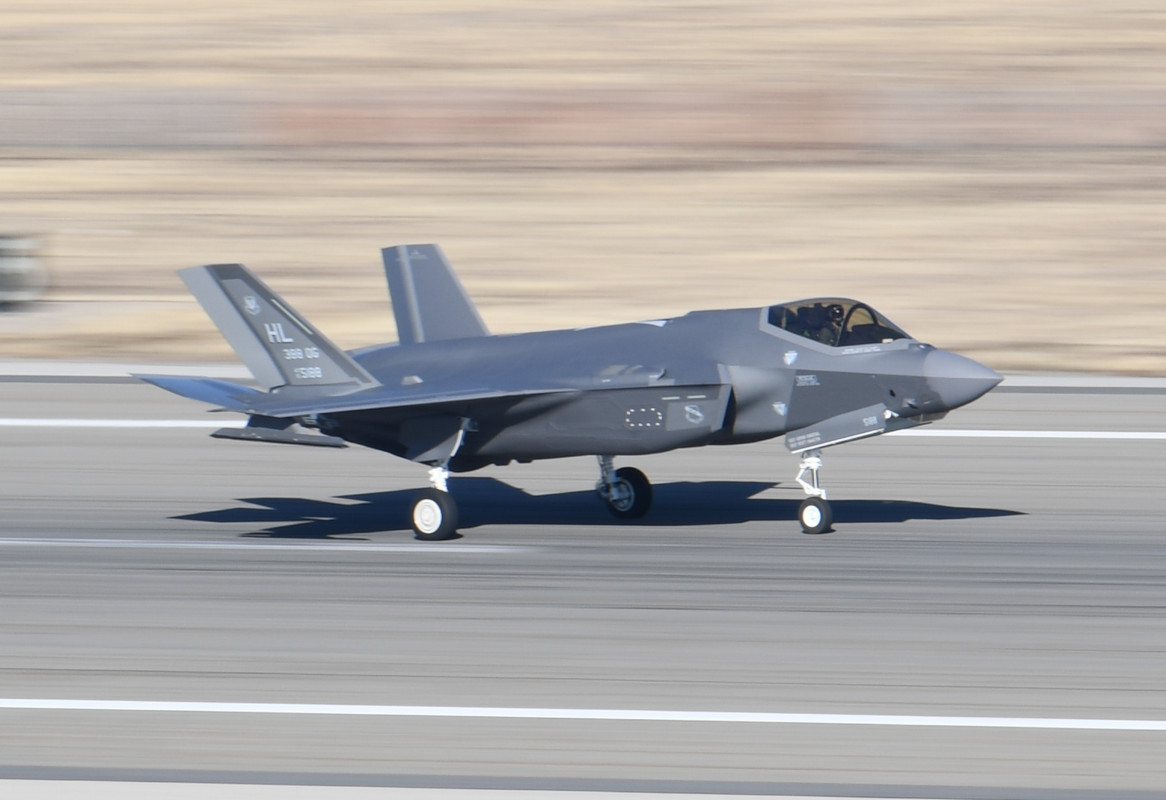
That’s not to say that the U.S. government would be opposed to doing so. Singapore has been a so-called Security Cooperative Participant to the F-35 program since 2003. In addition, the two countries enjoy a long-standing defense relationship and Singapore has purchased a wide array of other U.S. made-combat aircraft, helicopters, and other military equipment over the years.
U.S.-Singapore-ties have only grown in the face of China’s claim that virtually the entire South China Sea is its national territory and Beijing’s moves to bolster that position, including the construction of a constellation of man-made island military outposts in the region. Of course, Singapore does not make any claim itself to any portion of the body of water and routinely calls for a resolution through regional and international organizations.
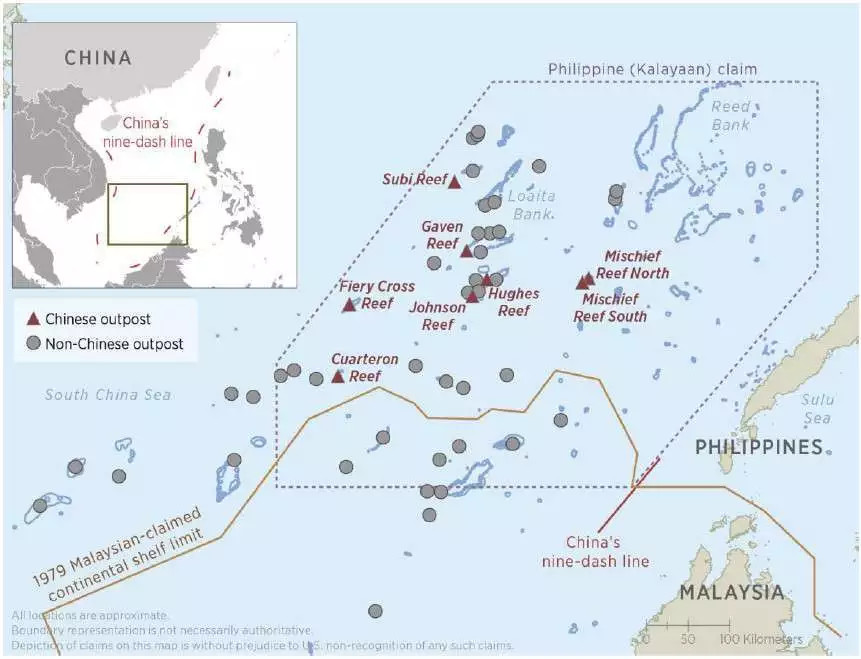
But it’s hard not to see the South China Sea, and China more broadly, behind Singapore’s renewed interest in the F-35. Singapore is heavily reliant on the maritime trade that crisscrosses through that body of water. Other littoral areas closer to home, especially the Malacca Strait, could easily become choke points in any wider regional crisis, too.
“Even non-claimant states are dependent on peace and stability, freedom of navigation and overflight in the South China Sea,” Singapore’s Foreign Minister Vivian Balakrishnan said at a press conference in August 2018. “Even if you don’t have a conflict, even if there’s no conflict but there is increased tensions, immediately your shipping costs, insurance premiums will go up, it has a very real economic impact on us, on everyone.”
China is only expanding its anti-access and area-denial capabilities in the South China Sea, especially when it comes to its made-made islets. Many of these have, or could readily accommodate, long-range surface-to-air missiles and shore-based anti-ship defenses that would present a significant challenge to any potential opponent in a crisis.
The Chinese have also demonstrated their ability to fly H-6 medium bombers and smaller combat jets from those islands, giving them additional options to project power. This is to say nothing of the steadily expanding and improving surface ships and submarines of the People’s Liberation Army Navy.

A stealthy fighter may simply soon become a requisite for any country in the region who is looking to present a credible challenge to those developments. The obvious threat the F-35 specifically poses has led Chinese media to downplay it and derisively dub Joint Strike Fighter operators in the Pacific region, which includes Australia, South Korea, and Japan, so far, as the “U.S. F-35 friends circle.”
As such, evaluating the jet is a logical course of action for Singapore given its relationship with the United States and the simple fact that the aircraft is in production now. At the same time, the country’s “fly-before-you-buy” approach shows that they’re willing to take the time to fully explore their options. Singapore’s F-16C/D Block 52/52+ aircraft are quite advanced and have already received significant upgrades over the years. The country is now in the process of upgrading those jets to the even more advanced F-16V configuration, which could help keep them relevant beyond 2030 if necessary.
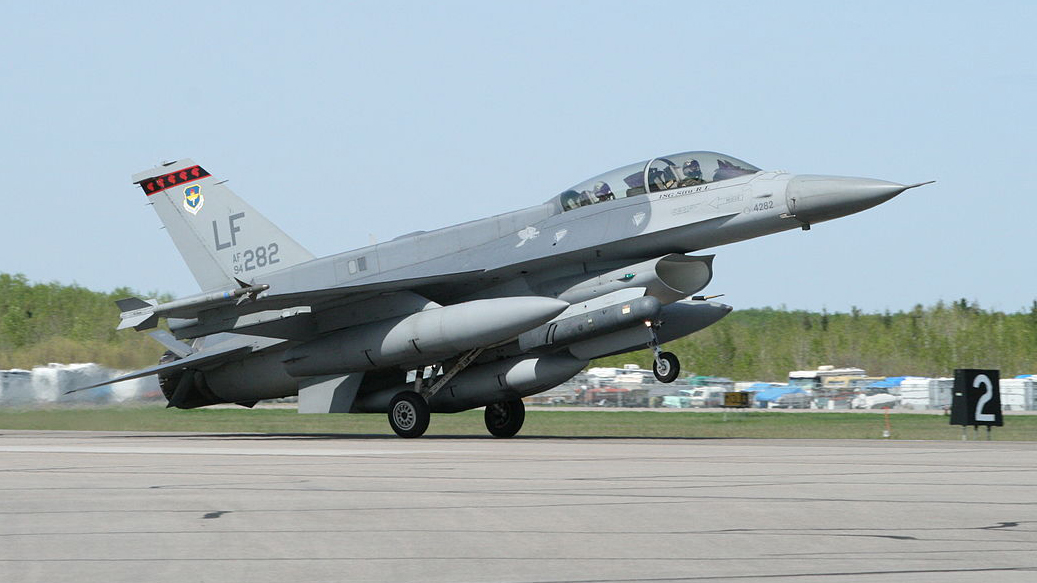
The RSAF is only looking, at most, to replace its F-16s with F-35s, as well, with no plans to retire the larger F-15SG Eagles in the near term. These aircraft are a derivative of the U.S. Air Force’s F-15E Strike Eagle.
A mixture of F-35s and F-15SGs, or F-35s and more advanced F-15s, would certainly help save on the operating and maintenance costs associated with an all stealth fleet. At the same time, this mix would have very real operational benefits given the distinct capabilities both of these aircraft offer.
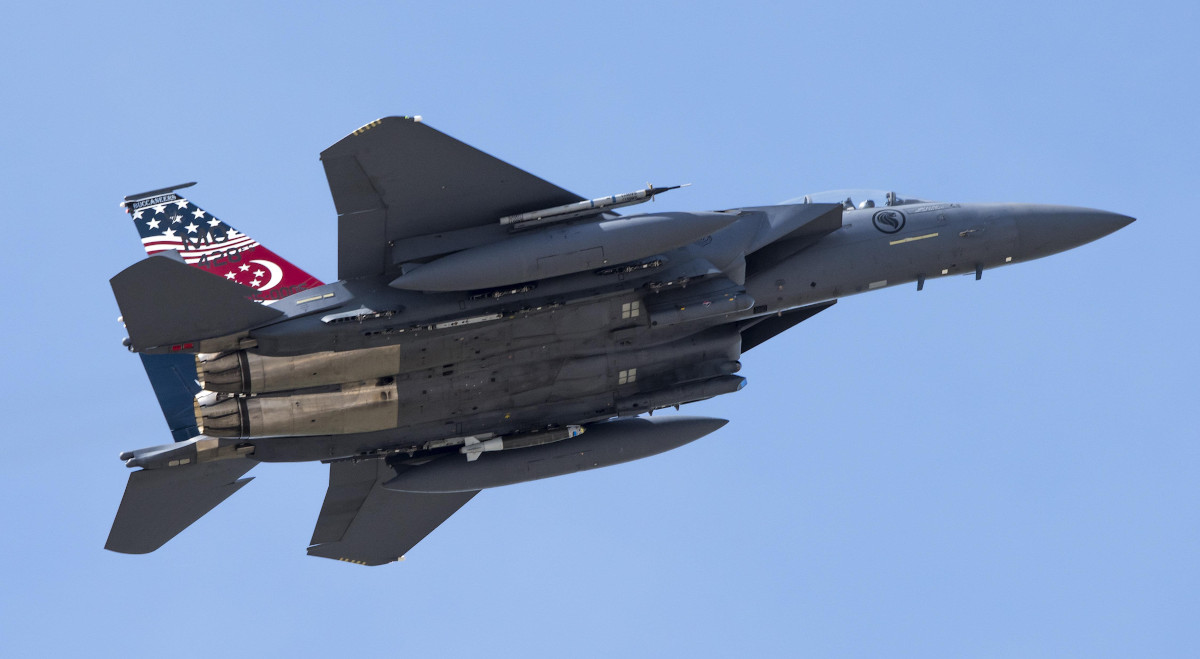
The F-15 simply has a larger payload and greater range than any F-35 variant. In a conflict, this could mean the stealth jets would work to clear a path through hostile air defenses and enemy fighters so the non-stealthy aircraft could conduct follow-on missions. The JSFs could potentially use their robust sensor suite and data links to feed targeting information back to the Eagles for strikes using stand-off weapons, as well.
Israel has been a particular proponent of this type of tactical fighter mix with its own F-35s and F-15s and the U.S. Air Force now appears to be considering a similar arrangement with plans to purchase at least a small number of advanced F-15X aircraft. You can read more about this general concept of operations in this past feature from our own Tyler Rogoway.
Beyond that, F-35Bs, or a mix of F-35 variants that includes at least a small number of B models, could offer important advantages for Singapore specifically. The country has a total area of less than 280 square miles, four times smaller than Rhode Island, meaning there’s not a lot of room to disperse conventional aircraft to make them less vulnerable to enemy strikes during a conflict.
With its vertical takeoff and landing capability, the F-35Bs could fly from suitably reinforced roadways or other small concrete pads. Being able to operate independently of a major runway could also help the jets resume operations relatively quickly from established bases after an attack.

In July 2018, Singapore’s Defense Minister Ng Eng Hen also announced that the country would replace its four Endurance-class landing platform docks with a new Joint Multi-Mission Ship (JMMS) sometime after 2020. Ng had first revealed plans for the JMMS back in 2014.
The most likely candidate for the JMMS is a design based around the Endurance-160 and 170 designs from Singapore’s own ST Marine. These ship designs are almost 540 feet long with an estimated displacement of around 14,500 tons.
Most importantly, unlike the existing Endurance-class ships, they feature a full-length flight deck. So far, concept art and models have only shown the new design with parking spots on the deck for five medium helicopters, but these vessels could potentially support limited F-35B operations.
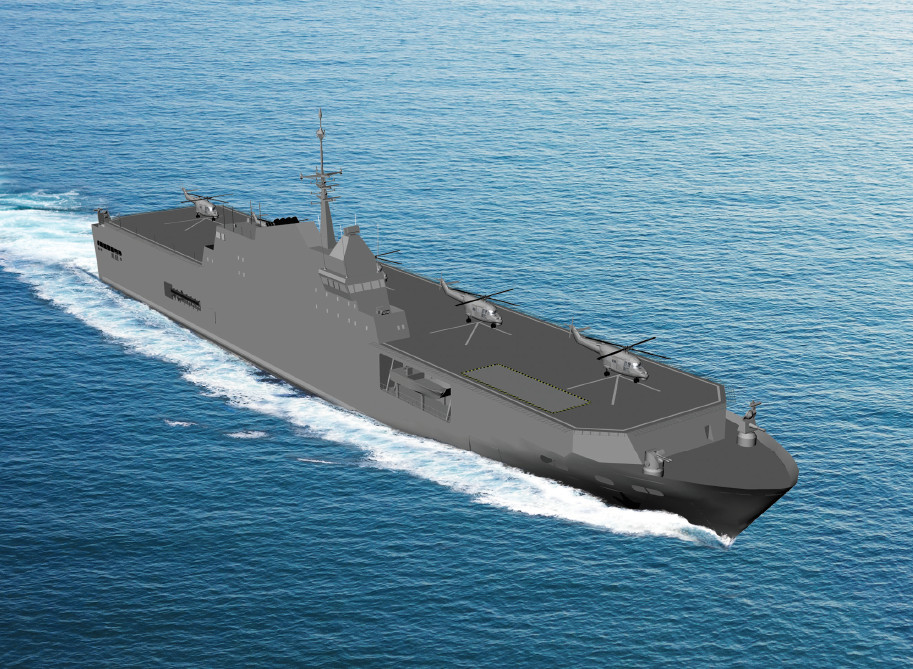
ST Marine could also craft a larger derivative more suited to the stealthy fighters. South Korea is similarly considering flying F-35Bs from its Dokdo-class amphibious assault ships, which are around 100 feet longer and displace some 4,000 more tons when fully loaded than the Endurance-160/170 design.
Determining the exact optimal mix of F-35 variants, and how many aircraft it would make sense to buy in total, will surely be part of Singapore’s planned initial evaluation of Joint Strike Fighter. But with China only taking a more assertive stance in the South China Sea and the risks of serious skirmishes increasing, it’s not hard to imagine the stealthy jets flying with RSAF markings sometime in the decade to come.
Contact the author: jtrevithickpr@gmail.com
